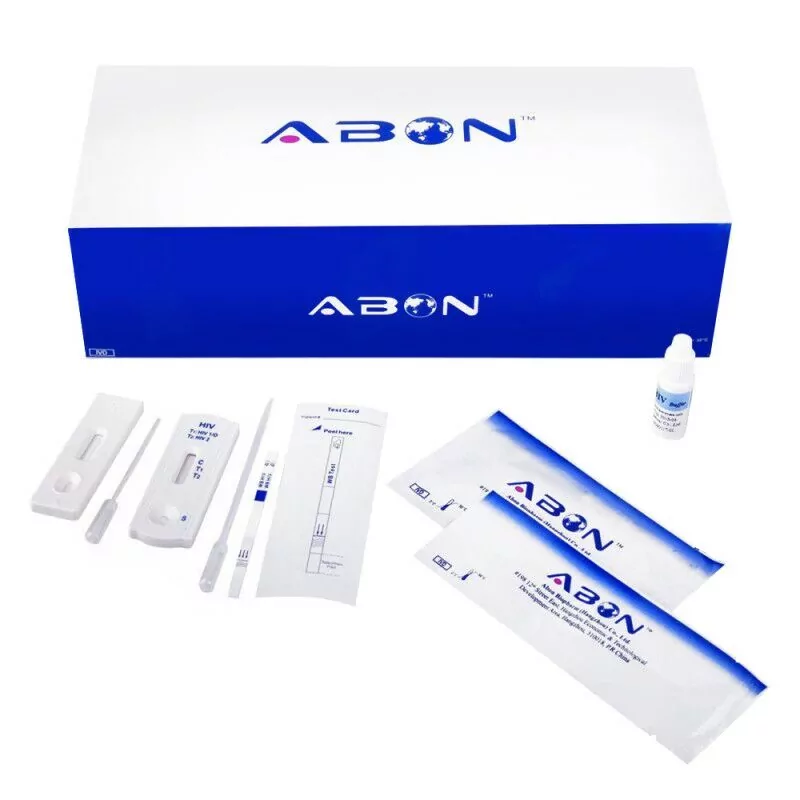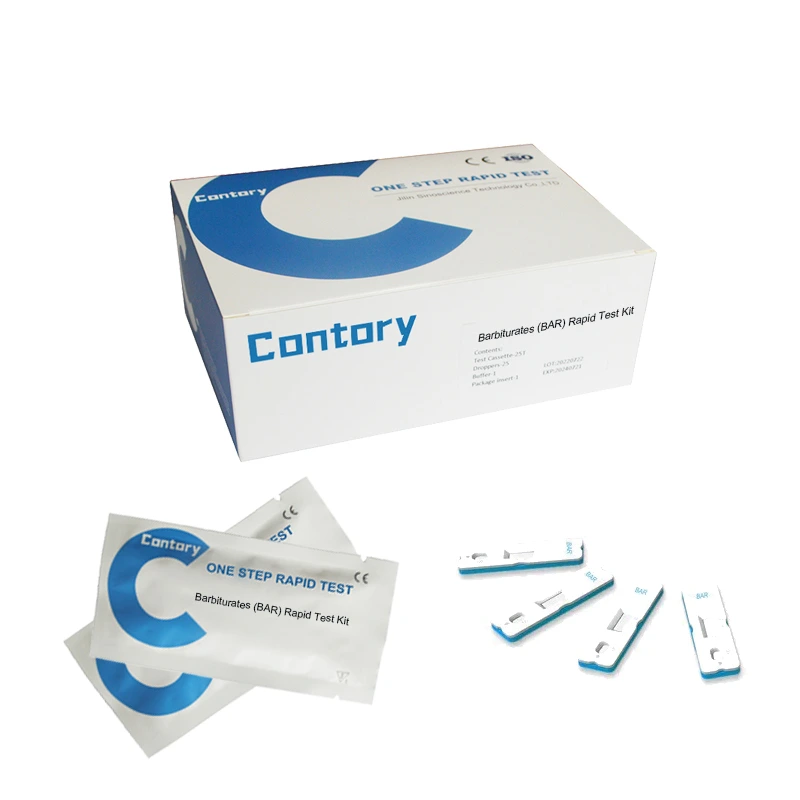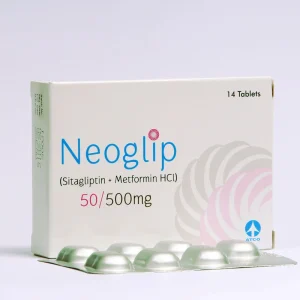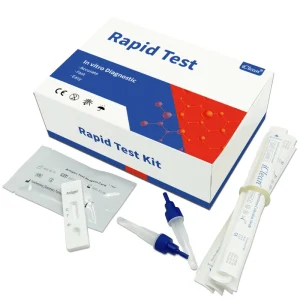Secure and showcase your diagnostic tools with our premium Research Diagnostic Boxes, crafted from durable, high-quality materials. Fully customizable in size, style, and finishes, these boxes ensure reliable protection and professional presentation for sensitive research equipment and kits. Ideal for laboratories, medical facilities, and biotech companies, our printed boxes provide precise branding and functional packaging solutions available in wholesale quantities.

Request A Quotes!

Product Details
Custom Research Diagnostic Boxes – Precision Packaging for Clinical & Laboratory Use
In research, accuracy begins with presentation. Whether it’s a clinical study, laboratory test kit, or biotechnology sample, your packaging must ensure security, organization, and compliance. Our Custom Research Diagnostic Boxes are designed specifically for the medical, scientific, and biotech sectors—offering a reliable and professional packaging solution for transporting and presenting research and diagnostic materials.
These boxes provide superior protection for sensitive contents, including vials, swabs, pipettes, test strips, and documentation. With fully customizable sizes, inserts, labeling, and finishes, they help reinforce your brand’s commitment to quality and regulatory excellence.
Key Features & Benefits
- Laboratory-Grade Materials: Durable cardstock, corrugated board, or rigid boxes engineered for temperature-sensitive and delicate components.
- Custom Compartments: Precision-cut foam, cardboard, or molded plastic inserts for secure product placement.
- Compliance-Ready: Designed to include regulatory information, lot numbers, handling instructions, and barcodes.
- Sterile & Tamper-Evident Options: Optional sterile linings or tamper-proof seals for high-integrity packaging.
- Brand-Consistent Design: High-resolution custom printing for logos, instructions, QR codes, and more.
- Bulk Ordering & B2B Support: Scalable production with competitive wholesale pricing.
Customization Options
Tailor your research packaging to meet the exact requirements of your diagnostics and clinical teams.
Sizes & Box Styles
- Rigid boxes for test kits and sample collection
- Folding cartons for lightweight diagnostic strips or components
- Corrugated shipping boxes for secure transit
- Custom inserts for fragile lab items (e.g., pipettes, tubes, slides)
Printing & Labeling
- Full-color digital or offset printing
- Areas for legal disclaimers, temperature indicators, instructions, and data fields
- Pantone color matching for consistent brand visuals
- UV printing and scannable codes for tracking and sample management
Finishing Touches
- Tamper-evident tape or seals
- Waterproof or chemical-resistant coatings
- Soft-touch or matte lamination for a clean, clinical feel
- Optional sterile barrier pouching for internal components
Ideal For
- Medical Research Labs – Secure storage and transport of trial samples and testing materials
- Diagnostic Kit Manufacturers – Professional packaging for commercial or R&D diagnostic test kits
- Pharmaceutical Companies – Clinical packaging for pre-market trials and regulated studies
- Biotech Startups & Facilities – Branded, compliant boxes for specialized equipment and test components
- Healthcare Institutions & Hospitals – Kits for patient testing, collection, or on-site diagnostics
Why Choose Custom Research Diagnostic Boxes?
1. Compliance-Ready Layout
Boxes can be designed with the necessary space and format to meet FDA, EU MDR, HIPAA, or ISO requirements.
2. Enhanced Security for Samples
Rigid construction and secure inserts protect sensitive contents in transit and during handling.
3. Efficient Sample Management
Custom compartments allow for intuitive packing, unpacking, and inventory tracking.
4. Professional Brand Appearance
Deliver a polished, trustworthy presentation to researchers, clinicians, and test participants.
Frequently Asked Questions
Q1: Can I request sterile or tamper-evident packaging for my diagnostic boxes?
Yes. We offer tamper-evident seals and can incorporate sterile pouches or liners upon request.
Q2: Can these boxes be customized for international shipping?
Absolutely. We can add multilingual printing, temperature control labels, and durable structures suitable for global transit.
Q3: What materials are best for fragile or temperature-sensitive samples?
We recommend rigid boxes with foam inserts and moisture/temperature-resistant coatings for such use cases.
Q4: How soon can I receive my order?
Standard production time is 10–14 business days after artwork approval. Expedited options are available.
Need Secure, Compliant Packaging for Your Diagnostic Kits? Get Started Today.
Deliver professionalism, protection, and precision with our Custom Research Diagnostic Boxes. Whether you’re shipping across labs or presenting to clinical trial partners, we’ll help you design packaging that reflects the integrity of your work.
👉 Request a free quote or start your custom order now to protect your research at every step.
Free Creative design
We offer a wide range of customizable packaging solutions tailored to meet your specific needs.
Eco-Friendly Materials
Our commitment to sustainability means we use eco-friendly materials in all our packaging products.
Free Delivery
Enhance your cosmetic brand with our custom packaging solutions that showcase your quality and sustainability, all with free delivery to your doorstep.
Fast Turnaround
Our efficient processes guarantee quick turnaround times without compromising on quality.
Competitive Pricing
We offer competitive pricing without sacrificing the quality of our packaging solutions.
Exceptional Customer Service
Our dedicated customer service team is always ready to assist you with any inquiries or concerns.







